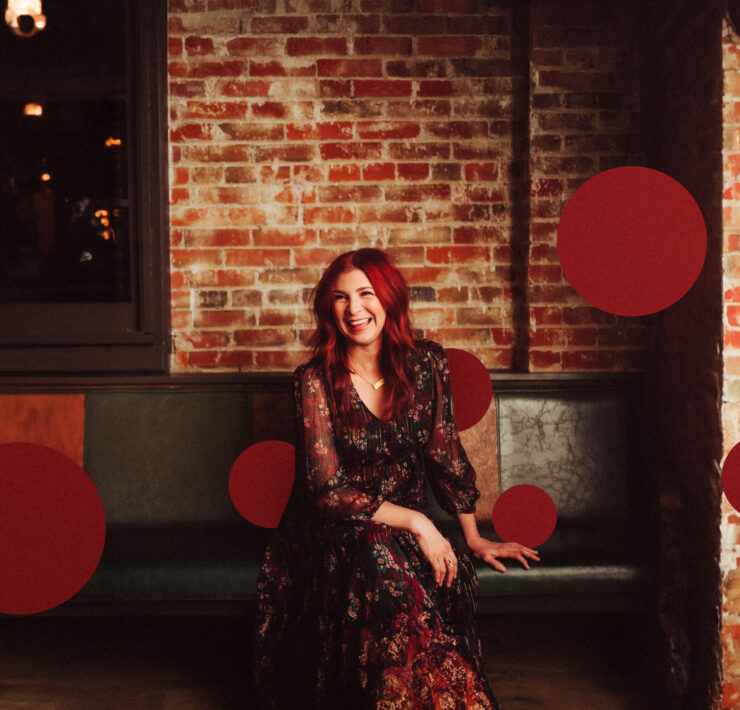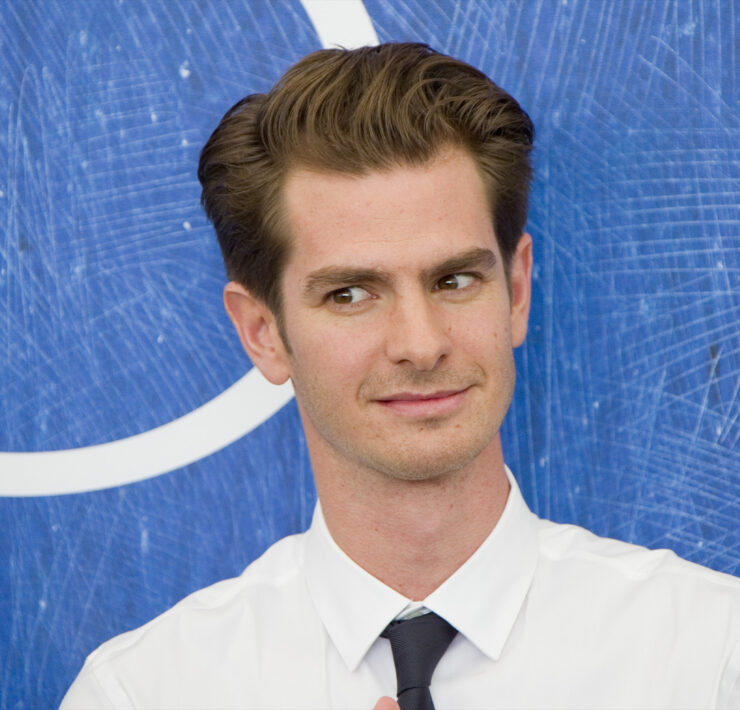The title of Swedish filmmaker Jan Troell’s latest work—Everlasting Moments—alludes to photographs taken by its protagonist. These images represent not only an independent woman’s treasured memories, but also the perpetual force that they, and art as a whole, encompass. Such a concept is made transparent in Troell’s film itself, as the subtle, emotional narrative carries enough tone and inspiration to create something more than a motion picture: a sacred story that will never be forgotten.
Based on real events, the historical drama takes us into the world of Maria Larsson (Maria Heiskanen), a working class woman living in Sweden during the early 1900s. Maria, who gives birth several times over the course of the film, is the mother of seven children. One of her children, Maja, serves as the narrator. Maria is married to Sigfrid (Mikael Persbrandt), a strong, tattooed laborer who is warm and trustful when sober but violent and disloyal when drunk, which he frequently is. Desperate for a better life, one in which she doesn’t have to work day and night to pay the bills while raising a family, Maria decides to pawn a camera that she won in a lottery, to help make ends meet while Sigfrid spends his days drinking and cheating.At the camera shop, Maria meets Sebastian Pedersen (Jesper Christensen), the store’s owner and a professional photographer. Mr. Pedersen, however, doesn’t take her camera. Instead, he tells her that she must try out the device before selling it and teaches her how to operate it. So Maria goes home, lines up her current four children on a bench, and takes their photograph. It’s here where she begins to discover her gift—her salvation—as Mr. Pedersen sees her work and says she has a natural talent for seeing. Thus, photography soon becomes Maria’s life: When not sewing or cleaning or looking after her kids, she is capturing pictures on her little black camera, even making a little money in the process.
It’s a much needed escape, because life just gets worse for the Larsson family. Despite joining a temperance group, Sigfrid falls right back into his old habits, continuing to drink and behave inappropriately. Eventually, he grows jealous of Maria’s photography and nearly takes her life in a fit of rage. He’s sent to prison, which forces Maria to become self-sufficient through her camera work and sewing, while Maja tries to persuade her to divorce Sigfrid, convinced that she no longer needs him. But Maria refuses—something that Maja can only explain as love.
That’s the only probable answer, and perhaps the strongest theme of Troell’s film. Though Maria’s experiences enlighten us on the significance of art—how it harbors expression and beauty—and roles of gender, they ultimately epitomize an unconditional love that her life reflects. In spite of being hurt again and again, Maria never stops loving Sigfrid. In spite of all the burdens placed upon her, Maria continues to nurture and care for her kids. In spite of finding an art that frees her from pain, she turns it around and makes it about others, photographing the sick and deceased. We could all learn a thing or two from Maria, as she, in all her humanity and flaws, lives a seemingly selfless life.
Her character, nevertheless, wouldn’t move and convince us with such vigor if it wasn’t for Heiskanen’s near-perfect performance. By completely transforming into Maria, Heiskanen creates a woman with endless levels of depth, a woman who is human while at the same time fearless. Persbrandt’s turn is just as believable. In a challenging role that forces him to become a person torn between two selves, he executes with pure sincerity, allowing us to sympathize with Sigfrid despite hating his actions. The film’s acting is altogether convincing.
And Troell films it beautifully. Like Ridley Scott, he pays tremendous attention to the detail of the period with every setting accurate and articulate. He and cinematographer Mischa Gavrjusjov have even shot the movie in a way that illuminates its subject matter; much of Everlasting Moments appears like a photo album, as each cherished page delves deeper and deeper into the life of Maria and unveils her powerful story of womanhood and liberation.
With an entrancing, original score by Matti Bye on top of all this, it’s fair to say that Troell has created a masterpiece, which is accomplished in all respects. Some viewers may find the film mildly slow at the beginning, as it moves at its own pace, but even for them, the end will prove to be more than worth the patience required to get there. And after getting there, it’s nearly impossible to avoid being convinced that Maria’s poignant story amounts to the very thing she captured: everlasting moments.
David Roark is a film critic for RELEVANT and for Pegasus News, where this article originally appeared. Check out his blog and follow him on Twitter.





















